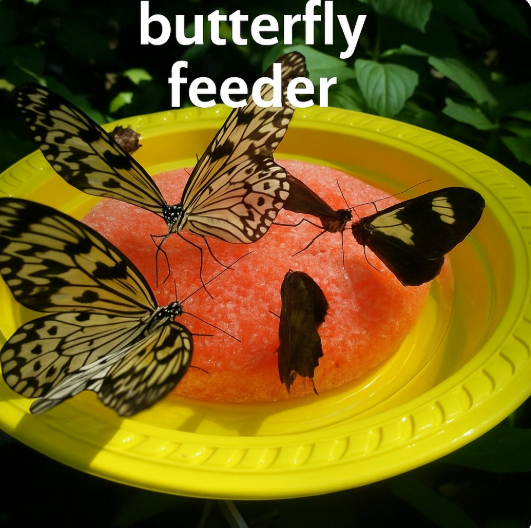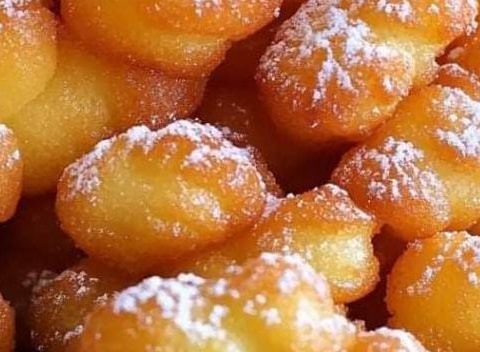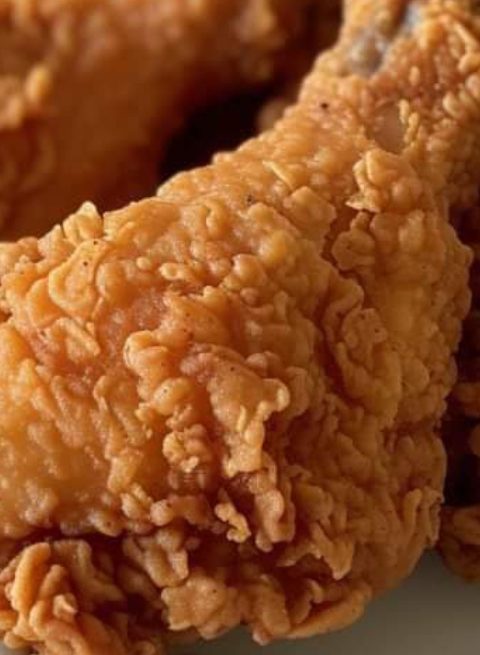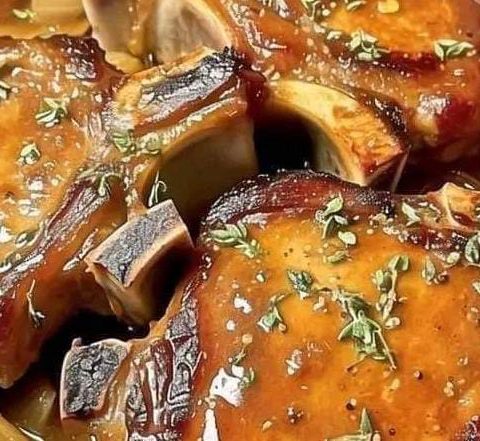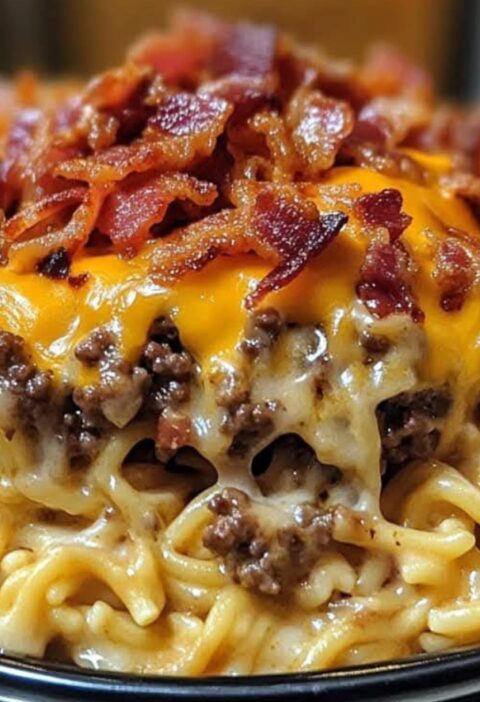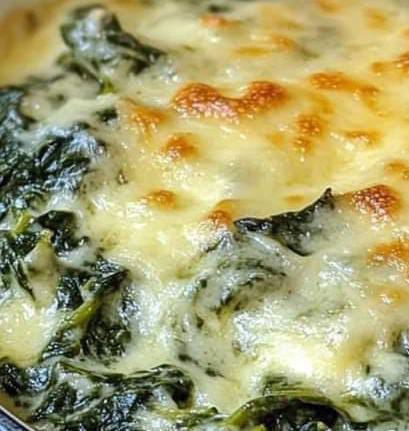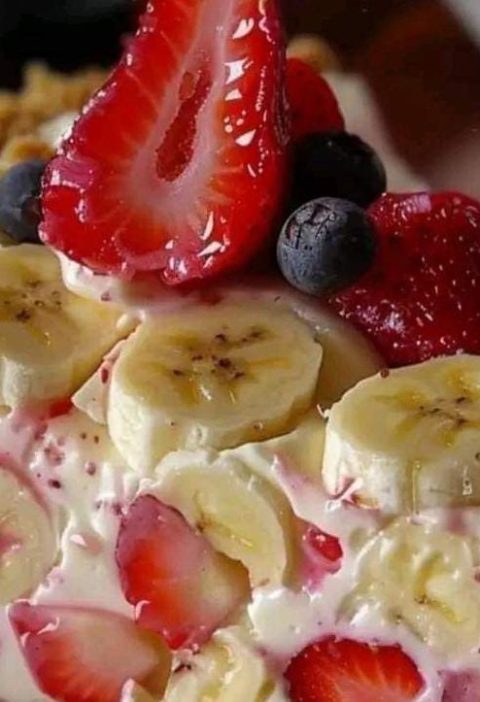🦋 DIY Butterfly Feeder: Attract Beautiful Visitors to Your Garden with a Simple Sugar Water Feeder
Imagine your garden alive with the fluttering wings of colorful butterflies, dancing from flower to flower in the warm sunshine. You don’t need exotic plants or a professional setup—just a bright shallow bowl, an ordinary plastic mesh scrubber, and a homemade nectar solution. In this comprehensive 2,500+ word guide, you’ll learn everything from ingredient selection to the science of butterfly attraction, plus expert troubleshooting and an extensive FAQ to ensure your DIY feeder becomes the most popular spot in your backyard.
🌼 Section 1: Why Build a Butterfly Feeder?
Butterflies are more than just beautiful garden ornaments—they’re vital pollinators, climate indicators, and sources of wonder for children and adults alike. However, modern landscaping and pesticide use have reduced natural nectar sources. A DIY feeder helps:
- Support Local Pollinators: Provide supplemental nectar when flowers are scarce.
- Enhance Biodiversity: Attract a variety of species, from monarchs to swallowtails.
- Create Educational Opportunities: Observe life cycles, feeding behavior, and wing patterns up close.
- Boost Garden Health: Pollination increases yield for fruits, vegetables, and flowers.
🍯 Section 2: Ingredient & Material Details
Core Materials
- Bright-colored shallow bowl: Ceramic or plastic, at least 1–2 inches deep for easy landing.
- Plastic mesh pot scrubber: Cut to size to fit inside the bowl; provides perch space.
- Granulated sugar: White cane sugar is preferred—free of additives or dyes.
- Clean water: Tap water is acceptable if low in chlorine; rainwater or filtered water is ideal.
- Soy sauce: A few drops per cup of nectar adds minerals (amino acids, sodium) that butterflies need.
Optional Enhancements
- Fruit slices: Orange, banana, or watermelon chunks can supplement nectar.
- Overripe fruit mash: Place small bowls of mashed berries nearby to attract fruit-feeding species.
- Small sticks or rocks: Additional perches within or around the feeder bowl.
- Driftwood or decorative stones: Enhance aesthetics and create natural landing spots.
🔧 Section 3: Step-by-Step Feeder Assembly & Setup
- Clean All Components: Wash bowl and scrubber with mild soap, rinse thoroughly to remove residues.
- Assemble Mesh Liner: Cut the plastic scrubber to fit snugly inside the bowl, forming a flat platform. Ensure no sharp edges.
- Prepare Nectar Solution: In a small pot, combine 4 parts water to 1 part sugar (e.g., 4 cups water + 1 cup sugar). Heat gently, stirring until sugar dissolves. Cool completely.
- Add Soy Sauce: Stir in 2–3 drops of soy sauce per cup of nectar to supply vital sodium and amino acids.
- Fill the Feeder: Place the mesh liner in the bowl and pour nectar until it reaches just below the mesh top—perches must remain dry.
- Position the Feeder: Place in a sunny, sheltered spot 2–3 feet off the ground. Near flowers or host plants is ideal.
- Maintain & Refill: Check daily; replenish nectar every 1–2 days and clean feeder weekly to prevent mold or fermentation.
🔬 Section 4: The Science of Attracting Butterflies
Butterfly Nutrition & Nectar Composition
Butterflies primarily feed on nectar for carbohydrates (energy) and minerals/water from other sources:
- Carbohydrates: Sugars like sucrose, glucose, and fructose fuel flight and mating activities.
- Amino Acids & Minerals: Sodium, potassium, and amino acids (from sources like mud puddling and soy) aid reproduction and muscle function.
- Water: Hydrates and regulates body temperature during flight.
Color & Scent Cues
Butterflies have keen vision for certain colors and UV patterns, plus chemoreceptors for scent detection:
- Bright Colors: Red, orange, yellow, and purple feeders contrast with foliage, attracting butterflies from a distance.
- Scent: Though nectar is scentless, adding overripe fruit or vanilla extract can provide aromatic cues.
- UV Patterns: Some feeder surfaces painted with UV-reflective paint enhance attraction.
Perch Design & Landing Mechanics
Butterflies need stable perches while feeding. The mesh scrubber mimics flower petals and stems:
- Landing Stability: Mesh holes allow feet to grip, preventing slips.
- Accessibility: Keeps wings clear of liquid, avoiding risk of drowning or wing damage.
💡 Section 5: Pro Tips for Butterfly Feeder Success
- Feeder Placement: In partial sun—morning sun and afternoon shade yields peak visits.
- Proximity to Host Plants: Grow milkweed, parsley, fennel, and butterfly bush nearby to encourage egg-laying.
- Water Source: Provide a shallow “puddling” dish with sand and water; butterflies seek minerals there.
- Feeder Rotation: Move feeders periodically to new spots to draw butterflies deeper into the garden.
- Avoid Pesticides: Eliminate insecticides and herbicides in the vicinity to protect pollinators.
- Feeder Diversity: Offer multiple feeder types (hanging bottles, sponge feeders, and bowls) to attract varied species.
- Temperature Monitoring: Butterflies are most active between 70–90°F; adjust feeding times accordingly.
📚 Section 6: Case Studies & Real-World Examples
Case Study A: Urban Balcony Habitat
A Chicago apartment dweller installed a butterfly bowl feeder and potted milkweed. Within two weeks, monarchs and painted ladies arrived daily, boosting biodiversity in a concrete landscape.
Case Study B: Suburban Pollinator Garden
A family in Portland combined feeders with wildflower borders. Blue morphos and swallowtails increased visibly, leading to higher vegetable yields from adjacent raised beds.
Case Study C: Schoolyard Butterfly Sanctuary
An elementary school in Miami integrated feeders, host plants, and student-led monitoring, improving STEM engagement and local pollinator counts by 60% over a semester.
🛠 Section 7: Common Troubleshooting & Feeder Maintenance
| Issue | Symptom | Solution |
|---|---|---|
| Mold or Fermentation | Cloudy, sour-smelling nectar | Clean feeder thoroughly with mild soap; rinse; refill with fresh solution. |
| Low Butterfly Visits | Few or no butterflies | Relocate to sunnier spot; add host plants; increase nectar volume. |
| Ants or Wasps | Crickets cleaning up nectar | Use ant moats or place feeder on a pole with petroleum jelly barrier. |
| Nectar Spoilage | Surface scum or debris | Cover feeder with a fine mesh dome; clean daily. |
❓ Section 8: Extensive FAQs (30 Voice-Search Optimized)
- How do I make a homemade butterfly feeder? Use a shallow bowl with a mesh liner, fill with 4:1 water-to-sugar nectar plus a few drops of soy sauce.
- Can butterflies eat table sugar? Yes—pure white cane sugar dissolved in water mimics natural nectar sugars.
- What color attracts butterflies to feeders? Bright reds, oranges, yellows, pinks, and purples stand out to butterfly vision.
- Do I need to add yeast to the nectar? No—yeast can ferment and harm butterflies; stick to clean sugar water.
- How often should I change the butterfly nectar? Every 1–2 days to prevent spoilage and mold growth.
- Is soy sauce safe for butterflies? In small drops, yes—it provides essential minerals without overwhelming salt.
- Can I use honey instead of sugar? Avoid honey—it can contain microbes and harden the feeder surface.
- What host plants should I grow near feeders? Milkweed, parsley, fennel, dill, and butterfly bush attract different species.
- How high off the ground should I place the feeder? 2–4 feet, at eye level, in a sheltered location.
- Why are my feeders covered in mold? Warm temperatures and debris can cause mold—clean feeder daily and rinse well.
- Can I hang the bowl feeder? Yes—attach to a sturdy hook or branch, ensuring stability against wind.
- How do I keep wasps from raiding the feeder? Use wasp traps or install a mesh cover that allows butterflies but not larger insects.
- Will the feeder attract bees? Some bees may visit; provide separate bee-friendly plants and water sources.
- Can I build a DIY feeder from recycled materials? Absolutely—use clean yogurt containers or painted bottle bottoms.
- How do I prevent ants from reaching the feeder? Place feeder on a pole with a water moat or smear petroleum jelly below.
- Do butterflies prefer warm or cool nectar? Room temperature nectar is ideal; too cold discourages feeding.
- What’s the best time of day to refill feeders? Early morning, before peak sun, ensures butterflies find fresh nectar.
- How long do butterflies stay at the feeder? Individual visits last 5–30 seconds as they sip with their proboscis.
- Can I add fruit slices to the bowl? Yes—overripe fruit bowls nearby complement the sugar water feeder.
- How do I monitor butterfly species visits? Keep a journal or use apps like iNaturalist for identification.
- Is filtered water necessary? Tap water is generally fine if chlorine levels are low; rainwater is best.
- What’s the ideal sugar-to-water ratio? 1 part sugar to 4 parts water replicates average flower nectar concentration.
- How can I attract more species? Plant diverse native nectar and host plants alongside the feeder.
- Do I need to clean the feeder before winter? Yes—clean, dry, and store feeder to prevent mold and damage.
- Can I use artificial sweeteners? No—butterflies cannot metabolize artificial sweeteners.
- What signs indicate a healthy feeder? Clear nectar, frequent visits, and minimal debris or mold.
- How do I remove old nectar residue? Soak the bowl in warm, soapy water and scrub gently before rinsing.
- Can children help maintain feeders? Yes—it’s a great educational activity under adult supervision.
- What predators should I watch out for? Spiders, wasps, and ants can prey on feeding butterflies—manage with barriers.
- How do I prevent algae growth? Change nectar frequently and keep feeder out of direct afternoon sun.
- Do feeders work all year? In temperate zones, feeders work spring through fall; remove before first frost.
🔗 Section 9: Related Garden & Butterfly Resources
- 6 Easy Indoor Plants That Purify Air
- 12 Perfect Tomato Companion Plants
- 18 Foods That Thrive in 5-Gallon Buckets
- Organic Composting 101: Speed Up Decomposition
- How to Attract Pollinators to Your Garden
🚀 Section 10: Conclusion & Encouragement
By building and maintaining this easy DIY butterfly feeder, you’ll create a vibrant, living panorama in your garden—welcoming a dazzling array of pollinators while supporting local ecosystems. Armed with nectar science, placement strategies, troubleshooting solutions, and extensive FAQs, you’re ready to nurture a fluttering paradise that delights all who visit. Now scoop your sugar water, set out your feeder, and watch your garden come alive with the magic of butterflies!
